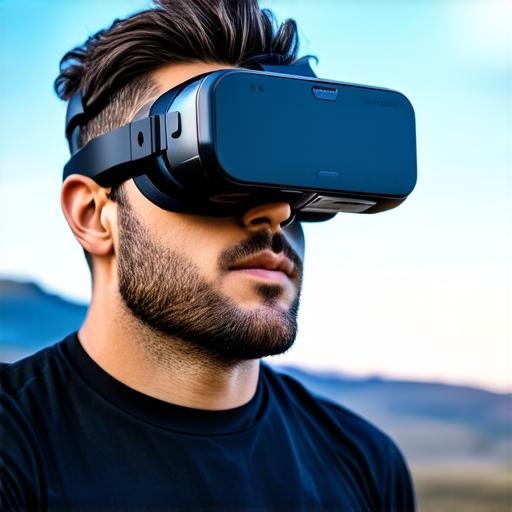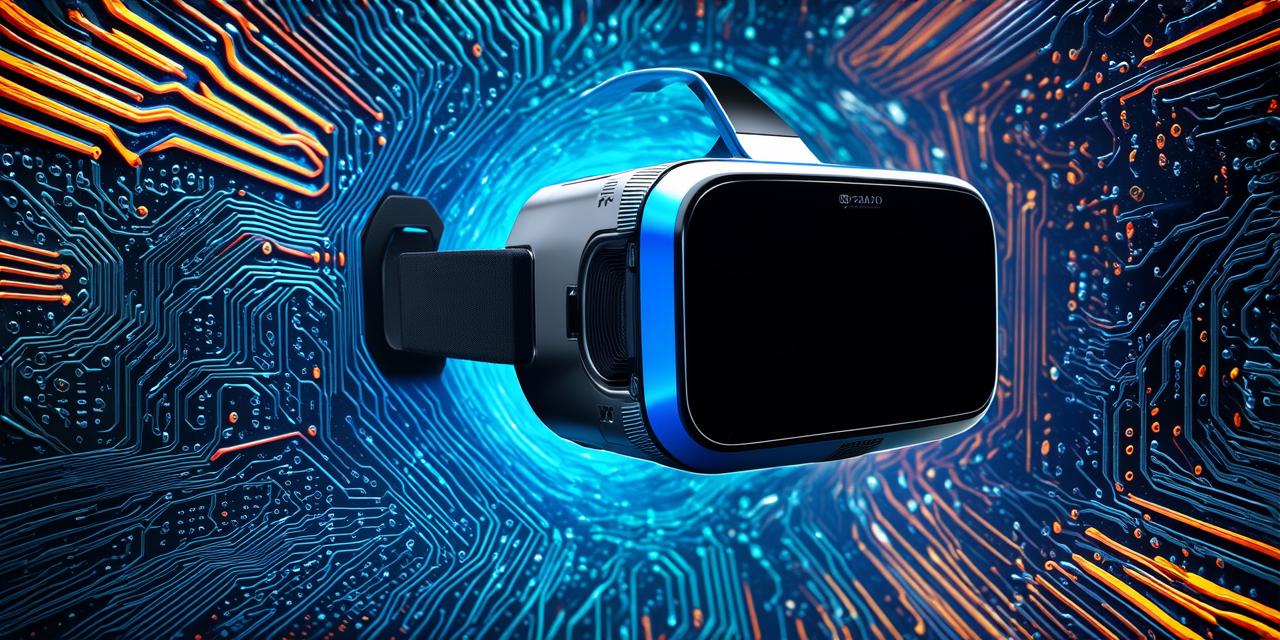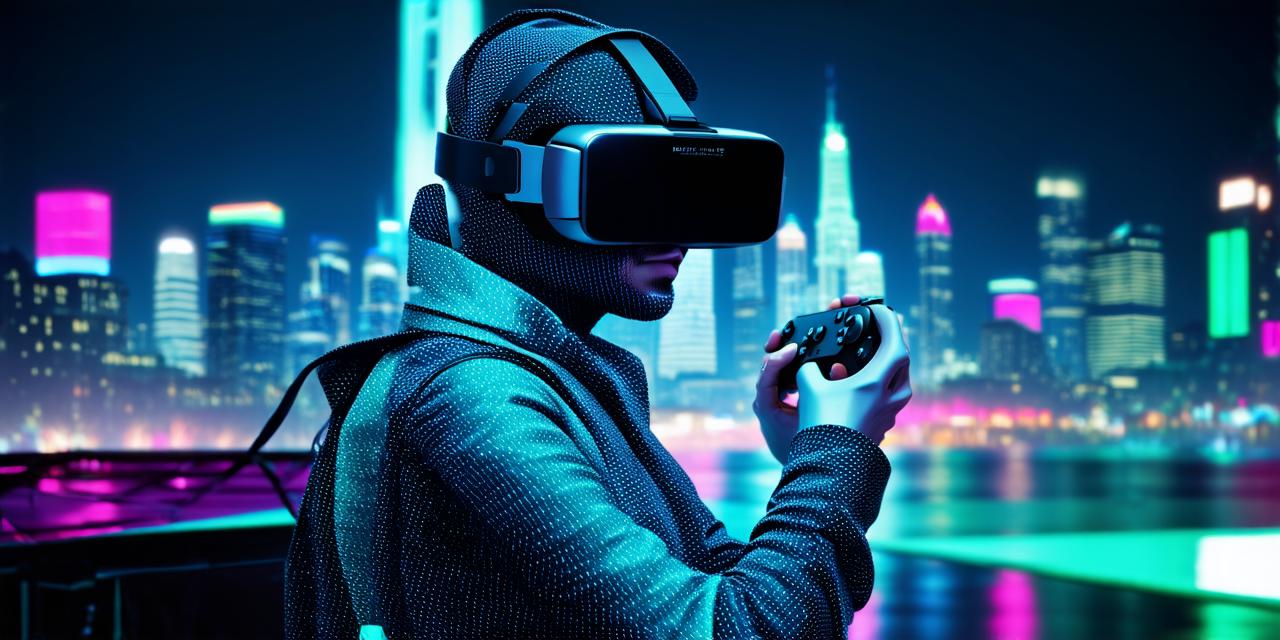1. Identify Your Target Audience
The first step in marketing VR is identifying your target audience. Who are you trying to reach? Are you targeting consumers or businesses? Once you have identified your target audience, you can tailor your marketing efforts to their specific needs and interests.
2. Develop a Compelling Value Proposition
Your value proposition is the unique benefit that sets your product apart from competitors. It should be clear and concise, highlighting what makes your VR product unique and valuable to your target audience. For example, if you are developing a virtual training tool for pilots, your value proposition might be that it provides a more immersive and realistic training experience than traditional methods.
3. Create a Strong Brand Identity
Your brand identity is the way your company presents itself to the world. It includes your logo, website design, social media presence, and other marketing materials. Your brand identity should reflect your company’s values and mission, and be consistent across all marketing channels. For example, if your VR product is designed for gaming enthusiasts, your brand identity might include bright colors and bold graphics that appeal to that audience.
4. Leverage Social Media
Social media is a powerful tool for promoting VR products. You can use platforms like Facebook, Instagram, and Twitter to reach potential customers and build brand awareness. For example, you could create a series of short videos showcasing your product’s features and benefits, or run targeted ads to reach users who are interested in VR gaming.
5. Attend Trade Shows and Events
Trade shows and events are great opportunities to showcase your VR product and connect with potential customers. You can use these events to demonstrate your product’s features and benefits, answer questions from attendees, and collect leads for future sales. For example, if you are developing a virtual training tool for the healthcare industry, you could attend a medical technology conference to showcase your product to hospitals and other healthcare providers.
6. Partner with Influencers
Influencers can be powerful allies in promoting VR products. They have large followings on social media and can help introduce your product to new audiences. For example, if you are developing a virtual travel experience, you could partner with a popular travel influencer to create content that showcases your product’s features and benefits.
7. Invest in SEO
Search engine optimization (SEO) is the process of optimizing your website and other marketing materials to rank higher in search engines like Google. This can help increase traffic to your website and attract potential customers who are searching for VR products. For example, you could optimize your website’s content to include relevant keywords related to your product, or use local SEO techniques to target users in specific geographic areas.
8. Conduct Market Research
Market research is the process of gathering information about your target audience and their preferences and needs. This can help inform your marketing strategy and ensure that you are providing value to your customers. For example, you could conduct surveys or focus groups to gather feedback from potential customers about your product’s features and benefits.

9. Use Analytics to Measure Success
Analytics tools can help you measure the success of your VR marketing efforts. By tracking metrics like website traffic, social media engagement, and sales, you can determine what is working and what needs to be improved. For example, you could use Google Analytics to track website visitors and see which pages are most popular among potential customers.
10. Continuously Iterate and Improve
Finally, it’s important to continuously iterate and improve your VR marketing efforts based on data and feedback.




